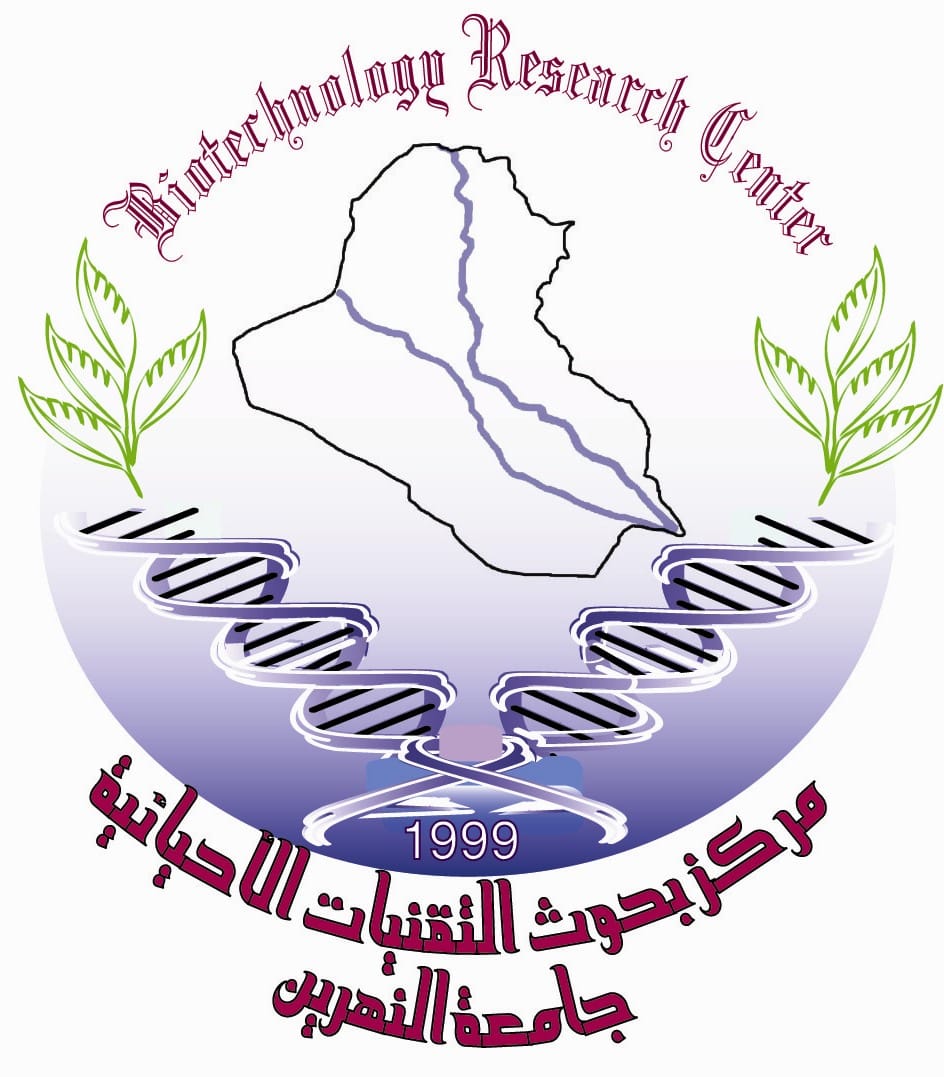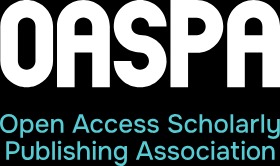In vitro plant regeneration of Iraqi cotton (Gossypium hirsutum L.) cultivars through embryonic axis
DOI:
https://doi.org/10.24126/jobrc.2014.8.2.343Keywords:
Cotton, Direct organogenesis, Embryonic axis, Gossypium hirsutum L., In-vitroAbstract
In plant tissue culture studies, obtaining new plantlets from different parts of plant is a very important feature with direct or indirect ways of regeneration. The plant show different regeneration capacities from species to species. In this present study, in-vitro direct shoots development from embryonic axis of cotton (Gossypium hirsutum L. cv. Lashata) were comparatively studied. Embryonic axis, embryonic hypocotyl and plumule obtained from five days old in-vitro grown seeds. All explants were cultured on MS media supplemented with 1- 4 mg/l Benzyl amino purine (BAP) + 0.1 mg/l Naphthalene acetic acid (NAA) and 3 mg/l activated charcoal. Cultured explants were kept at growth chamber with photoperiod for 16 hours light and 8 hours dark, at 25oC. Reproducible in-vitro plant regeneration was obtained from embryonic axis when cultured onto MS medium supplemented 1 mg/l BAP + 0.1 mg/l NAA and 3 g/l Activated charcoal. Shoot induction was to be noted 53.3%, 36.7% and 12.3 in embryonic axis, plumule and embryonic hypocotyl respectively. All these shoots were capable of rooting on MS medium supplemented with 0.1 mg/l NAA, and establishing in soil 3-4 weeks.
Downloads
Published
How to Cite
Issue
Section
License
This is an Open Access article distributed under the terms of the creative commons Attribution (CC BY) 4.0 license which permits unrestricted use, distribution, and reproduction in any medium or format, and to alter, transform, or build upon the material, including for commercial use, providing the original author is credited.











